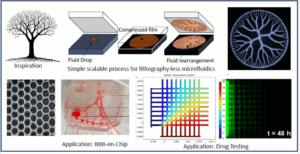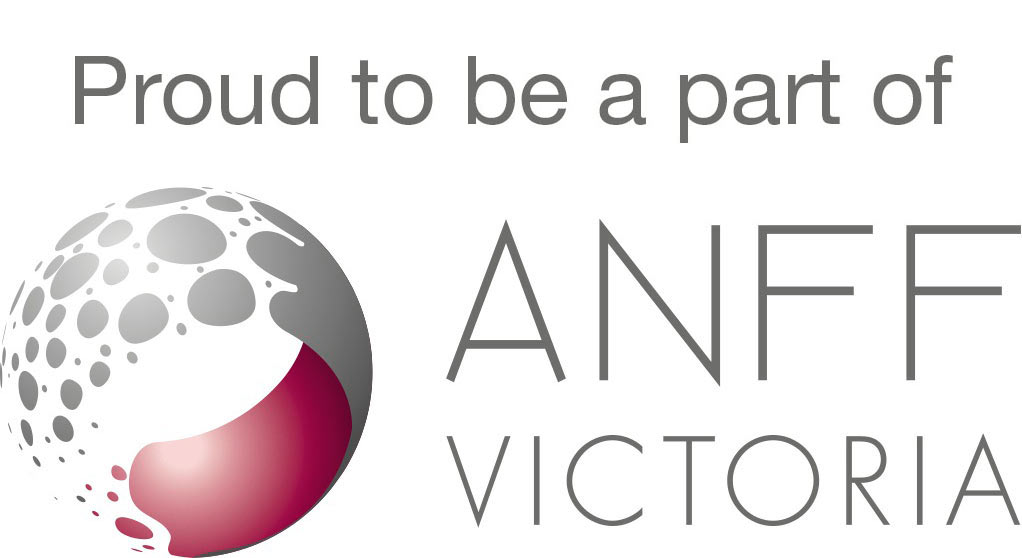Nanofabulous Seminar: Nature inspired, microfluidic systems engineering via Shaping of fluids

Nature has preferred to use fractal-like 3D morphology to configure some of her vital multi scale microfluidic systems such as trees, leaves, circulatory & respiratory systems in animals and so on.
Deeper investigation has recently started revealing the optimal energy and material utilisation that these morphologies offer for the desired goal.
This talk shares completely unconventional spontaneous ways and ideas, invented as our humble efforts towards mimicking some of these natural structures and demonstrates their applications. Idea is to shape a viscous fluid (a particle slurry) and retain the shape. Particularly, we employ Saffman-Taylor instability in a lifted Hele Shaw cell with ingenious modifications in the cell plates to control spontaneous evolution of the fractal-like and array structures. The result is amalgamation of art of spontaneity with the precision of engineering. In another such exploration, in pursuit of developing high-aspect-ratio structures stretched in the third dimension, we deploy a volatile polymer solution. Controlled competition between evaporation of solvent and motion of fluid interface leads to pinning of the boundary (coffee ring effect) and further stretching manifests into interesting formations with aspect ratios close to 200. A few biomedical devices are demonstrated to establish application potential.
Dr Prasanna Gandhi
Professor in Mechanical Engineering
Director of Suman Mashruwala Advanced Microengineering Laboratory
Professor-in-charge of IITB-Monash Research Academy
11:00am, 29/05/2025
Melbourne Centre for Nanofabrication
151 Wellington Road, Clayton, 3168
Zoom link: click here
Meeting ID: 861 4788 5684 passcode: 527900
Click here for more information
Nanofabulous Seminar: Advancing Confocal Super-Resolution Imaging: From STED to FSTM
Stimulated Emission Depletion (STED) super-resolution imaging typically requires high-power depletion lasers, which can cause significant sample damage and phototoxicity. To address this challenge, we developed novel strategies combining advanced optical methods and fluorescent probes to lower depletion light power while enhancing imaging performance. This enables applications in live-cell imaging and even in vivo imaging. Additionally, leveraging time-resolved detection and computational imaging techniques, we introduced a phase analysis-based spatiotemporal fluorescence modulation strategy (FSTM). This approach allows us to extract precise photon information from both temporal and spatial dimensions. Using a single-pulse laser, we can also achieve multicolor super-resolution imaging of live cells, as well as super-resolution fluorescence lifetime imaging.
Prof Junle Qu
Center for Biomedical Photonics
College of Physics and Optoelectronic Engineering
Shenzhen University, China
11:00am, 06/05/2025
Melbourne Centre for Nanofabrication
151 Wellington Road, Clayton, 3168
Zoom link: click here
Meeting ID: 872 6697 4387 passcode: 184147


